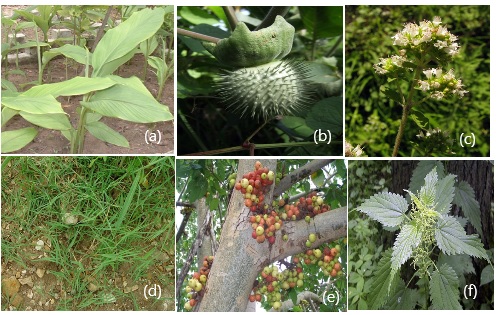Role of Plants in Different Religious Ceremonies Common to Uttarakhand Region
Singh M.1*
DOI: 10.54060/ijahr.v1i1.4
1* Maneesha Singh, Professor, Department of Botany, School of Basic and Applied Sciences, Shri Guru Ram Rai University, Patel Nagar, Dehradun, Uttarakhand, India.
Abstract: Many traditional religious ceremonies and festivals in India are associated with specific plants. Association of plants like Azadiracta indica with Gudipadva, Ficus benghalensis with vatpurnima, Bauhinia racemosa with dashara and Ocimum sanctum with tulsi vivaha is well known. The present study deals with some of the important plants such as Ficus religiosa (peepal), Ficus benghalensis (vat), Ocimum sanctum etc. which are related to pujas or other religious ceremonies in which they are offered by the women of Uttarakhand region.
Keywords: Religious ceremony, Uttarakhand, Ethanobotany, Medicinal values
| Corresponding Author | How to Cite this Article | To Browse |
|---|---|---|
| , Professor, Department of Botany, School of Basic and Applied Sciences, Shri Guru Ram Rai University, Patel Nagar, Dehradun, Uttarakhand, India. Email: |
Maneesha Singh, Role of Plants in Different Religious Ceremonies Common to Uttarakhand Region. IJAHR. 2023;1(1):19-22. Available From https://ahr.a2zjournals.com/index.php/ahr/article/view/4/version/4 |


 ©
© 